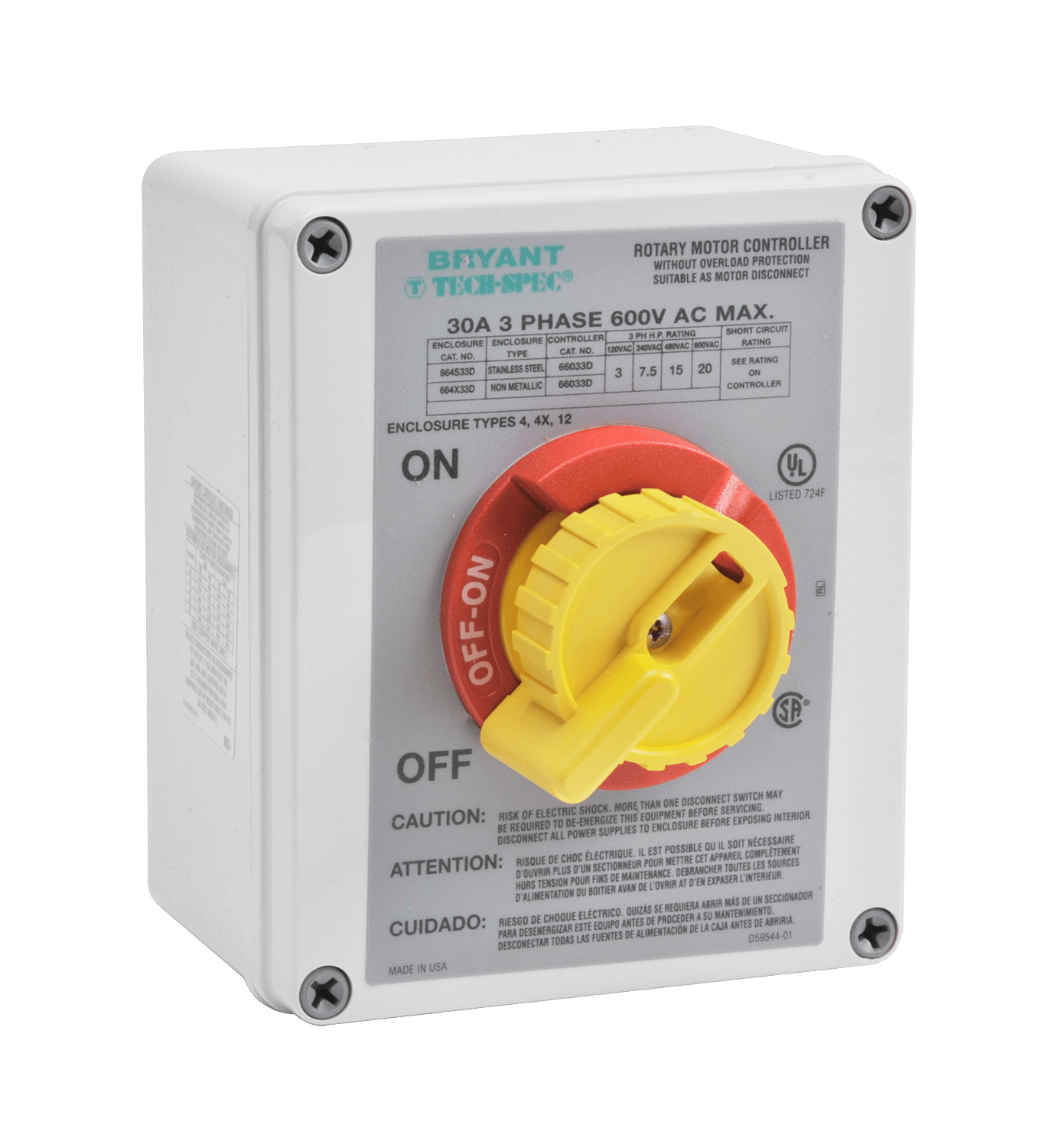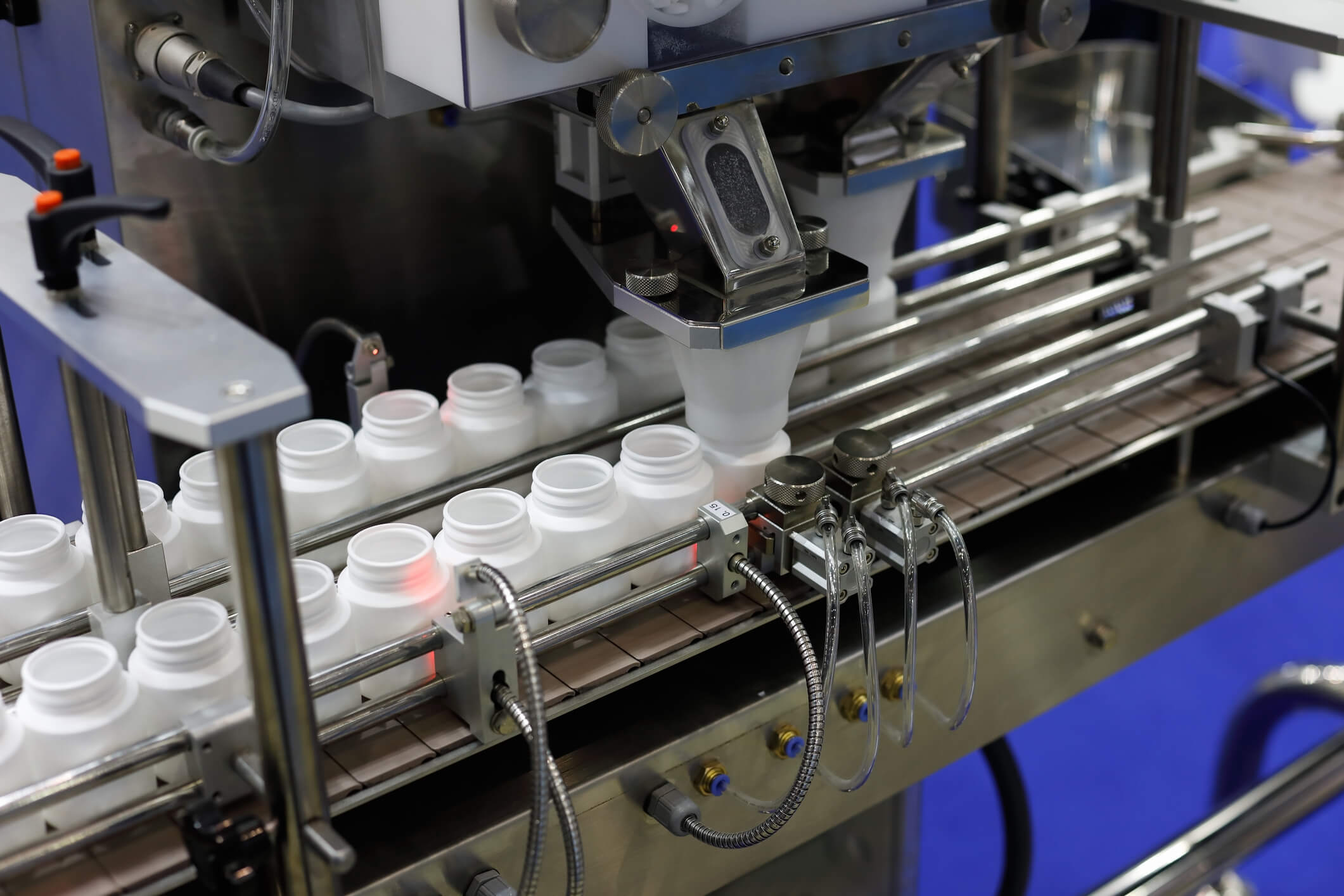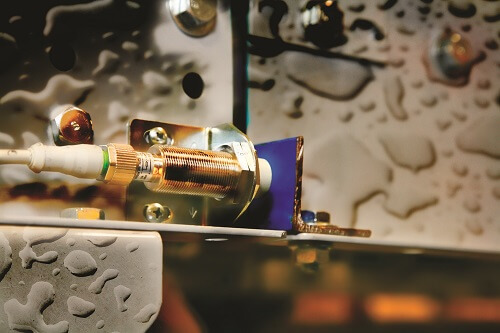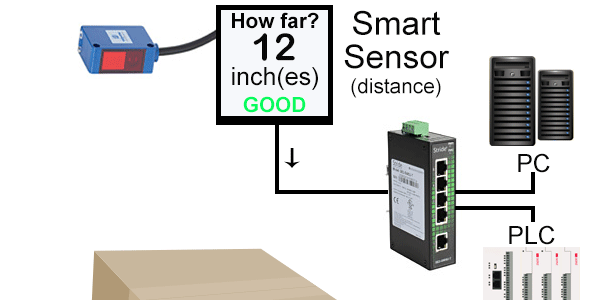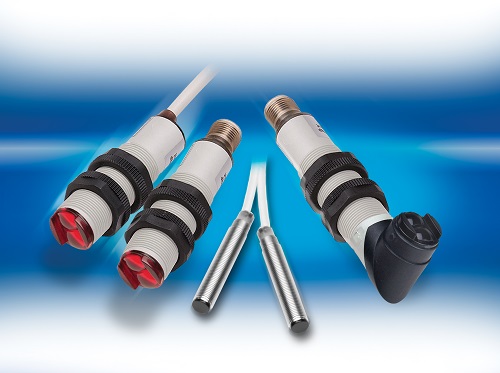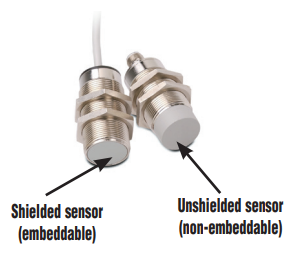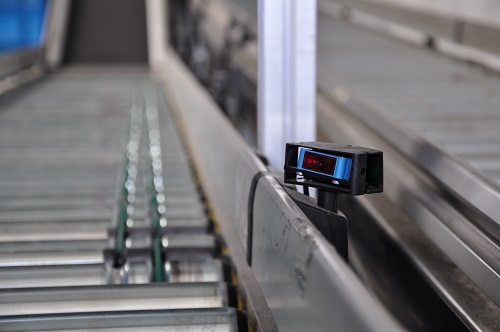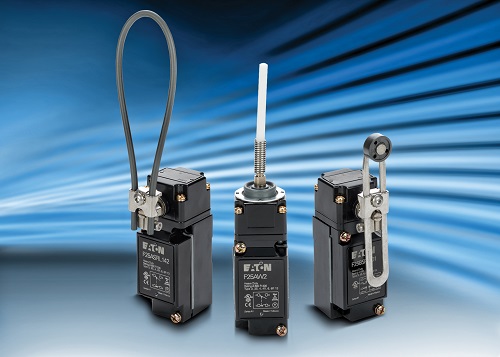One of the most common types of control components seen in the food and beverage industry are discrete sensors. Discrete applications in the food and beverage industry are processes or operations that perform a series of predetermined steps and typically use devices whose operation is either “On” or “Off”; examples include sensors that detect the…
Basic position sensing concepts take on added importance for precision applications because new issues must be considered. Andrew Waugh, Product Manager for Sensor and Safety products at AutomationDirect, authored an article for the Nov 2019 issue of Design World titled When Precision Sensing Solutions are Critical. Here’s a summary, click on the link above for…
These pointers shed some light on how end users can choose between general-purpose and mission-specific position sensors. Andrew Waugh, Product Manager for Sensor and Safety products at AutomationDirect, recently authored an article for the September 2019 issue of Design World titled Applying the right position sensor. Following is a summary, click on the preceding link…
Inductive proximity sensors are suitable for many applications. Selecting models with factor 1 capability makes them even easier to deploy for sensing targets of varying metals. Andrew Waugh, Product Manager for Sensor and Safety products at AutomationDirect, authored an article for the May 2019 issue of Design World titled A Look into Factor 1 Proximity…
+Tech TopicsDiscrete SensingLearning ResourcesProcess Sensing & ControlProductProgrammable ControlSensors Automation
Basic Sensors - PLC Fundamentals
For a PLC to monitor and in turn control its application variables, there must be a way for it to sense its surroundings. In today’s industrial realm, there are a huge variety of electrical sensors that provide the input data (position, distance, level, flow, etc.) that control systems need. These basic sensors can be broken…
Andrew Waugh, Product Manager, Sensor and Safety Products at AutomationDirect.com, wrote an article for the September 2018 issue of Design World titled Wide and Narrow Views of Position Sensors, here’s a summary. Limit switches, photoelectric switches and laser sensors all provide position sensing, but depending on the application some shine and reflect better. Waugh points…
What is a Proximity Sensor? Proximity sensors allow non-contact detection of objects. In particular the presence of parts and/or machine elements for the purpose of counting, indexing, verification, end-of-stroke or travel, determining orientation, and many other common automation tasks. They are used in many industries, including manufacturing, robotics, semiconductor, etc. Selection Criteria There are several types of proximity…
A better understanding of distance laser sensors helps when applying these rangefinders in material handling and industrial measurement applications. By Andrew Waugh, Product Manager for Sensor and Safety Products at AutomationDirect What is a Laser Sensor? Laser sensors come in several configurations, with some detecting presence and others measuring distance. A proximity type laser sensor,…
A better understanding of photoelectric sensors helps when applying these versatile, non-contact presence sensing devices in industrial machine, conveyor and other applications By Andrew Waugh, Product Manager for Sensor and Safety Products at AutomationDirect What is a Photoelectric Sensor? A photoelectric sensor, often called a photo eye, uses light to detect the presence of an…
A better understanding of mechanical limit switches will help when applying these versatile devices in a variety of industrial applications. What is a Limit Switch? Mechanical limit switches are a common presence or position sensing device used in industrial automation systems. Typically, these switches are electromechanically operated, so they activate when an object makes physical…


